Sculptures by medium
Buying a Sculpture by Technique from Carré d'artistes
Considering buying a sculpture by techniques?
Carré d'artistes presents a wide selection of diverse and varied sculpture techniques.
Resin sculptures, bronze sculptures, metal sculptures, stone sculptures, upcycled object sculptures... There is something for everyone at Carré d'artistes.
To create a sculptural work, artists consider multiple sculpture techniques and sometimes enjoy combining several. Among them are carving, assembling, modeling, using resin, bronze, metal, raku, stone, or even repurposed objects.
Read more
Realize your purchase of sculptures techniques through our extensive network of over 600 artists! Save your favorites in your wishlist to follow the updates from your favorite artists and galleries! Subscribe to our newsletter to receive the latest news on contemporary art.

Sculpture Techniques
Sculpture is an artistic process that involves creating forms in volume or relief. Throughout the centuries, we have discovered forms in the round, bas-relief, high-relief, forms created through modeling, direct carving, or through welding or assembling.
Modeling
Modeling is the most instinctive and primitive technical process. The shaping of clay (such as stoneware, porcelain, or earthenware) evolves through the contact of fingers. It is an ancestral technique. Nowadays, many contemporary artists choose unconventional materials or repurposed objects for their creations, such as sheet metal, metal, plastic, or vegetation.
Carving
The principle of carving is to subtract material. The artist strikes the material with a tool. With each chip, the form comes to life. There are two fundamental techniques for shaping stone or wood. The first is direct carving. It is done without a preliminary sketch and takes into account the original shape of the block. The material inspires the sculptor to find the final form. The second technique, on the contrary, involves carving with reference points, remaining faithful and as close as possible to what the sculptor wants to reproduce from reality.
Assembling
The assembling process involves bringing together different elements or objects. The sculptor can use tenons, mortises, bolts, rivets, screws, glue, or welding to achieve their goals. The assembled elements are not necessarily made of the same material. Contemporary artists can also use recycled, manufactured, natural, new, or old objects.
Different Sculptures & Techniques
Sculpture is an ancient art that encompasses various techniques to bring artworks to life using different materials. Here are some of the most commonly used sculpture techniques:
- Bronze Sculpture Technique: The bronze sculpture technique involves creating a sculpture using bronze, an alloy of copper and tin. The process includes modeling the sculpture in clay or wax, making a silicone or plaster mold, and then pouring molten bronze into the mold. After cooling, the sculpture is finely worked and patinated to achieve the final result.
- Stone Sculpture Technique: Stone sculpture technique involves carving, sculpting, or engraving an artwork from natural stone blocks such as marble, granite, or limestone. The stone carver uses tools such as chisels, gouges, and scrapers to sculpt the stone according to their artistic vision. Precision and patience are essential to achieve intricate details and textures in the sculpture from pieces of stone.
- Clay Sculpture Technique: Clay is a highly malleable material that has been used for centuries to create sculptures. This technique allows the sculptor to shape and form their artwork using their hands or specific tools. Once the sculpture is complete, the clay can be fired in a kiln to harden it or used as a mold for creating a bronze sculpture.
- Wood Sculpture Technique: This technique involves sculpting an artwork using wood, which can be selected for its various characteristics and aesthetic properties. Sculptors use chisels, gouges, and carving tools to gradually remove wood and create three-dimensional forms. The wood can then be polished, stained, or varnished to enhance the texture and natural color of the material.
Each sculpture technique offers unique possibilities for expressing creativity and exploring artistic forms, while requiring specific technical skills and mastery of the materials used.
Sculptures by Technique at Carré d'artistes
Resin Sculpture
The artist Floh works with resin to shape and transform imaginative representations of reality in vibrant colors. Polyester resin is highly regarded in the artistic community for its versatility and becomes an incomparable sculpture technique. Duane Hanson is a hyperrealist sculptor who created his extremely precise castings directly on his models using resin.
Bronze Sculpture
Aude Silve, Liselotte Andersen, Liliane Danino sculpt using bronze sculpture techniques to interpret the image of the human body in various forms.
Metal Sculpture
Frédéric Fortuné and Pablo Macias utilize metal to create relief portraits or characters assembled from various elements.
Raku Sculpture
Pottery artists explore raku sculpture techniques with endless possibilities. This process allows techniques such as salt glazing or pit firing to bring out the full potential of the artwork through the firing process.
Stone Sculpture
Artists who choose to work with stone must determine whether they want to start from the original shape to create an object or if they wish to remove material to achieve their initial idea. With stone, it is impossible to go back, as every tool strike is irreversible, adding to the poetry of the artwork.
Sculpture Using Repurposed Objects
Tinguely, César, and many contemporary collectives closely examine discarded objects to give them new life by assembling them in unexpected situations. This is one of the sculpture techniques that has gained significant momentum, particularly through street art. At Carré d'artistes, discover a range of sculpture techniques offered by contemporary artists such as Floh, Daniel Castan, Pappay, Aude Silve, Liselotte Andersen, Liliane Danino, Frédéric Fortuné, and Pablo Macias.
Back to the top
Sculptures By style


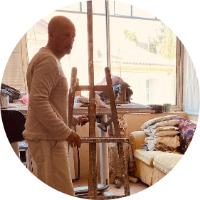
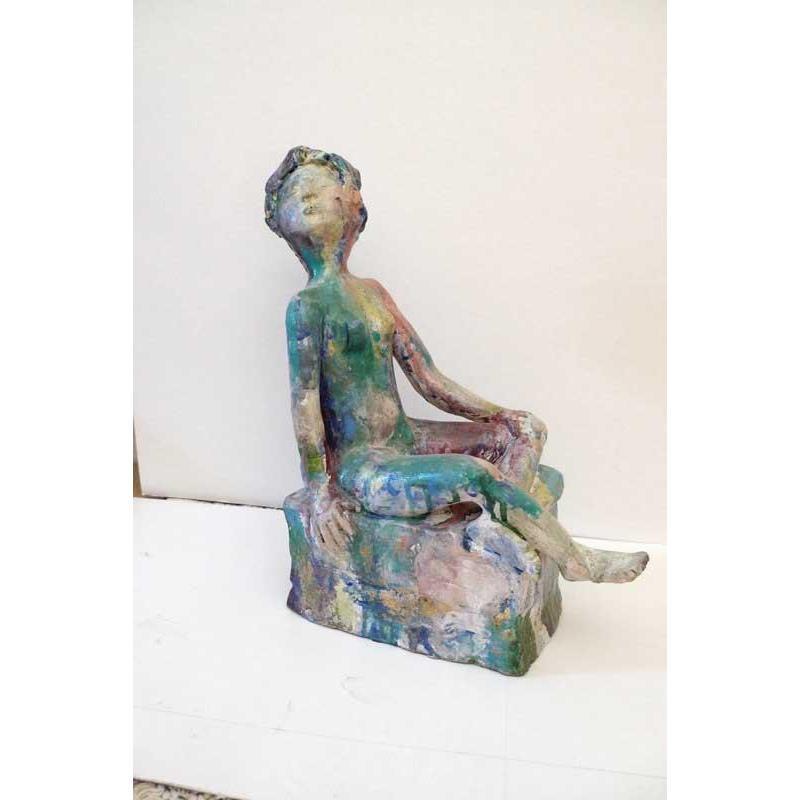
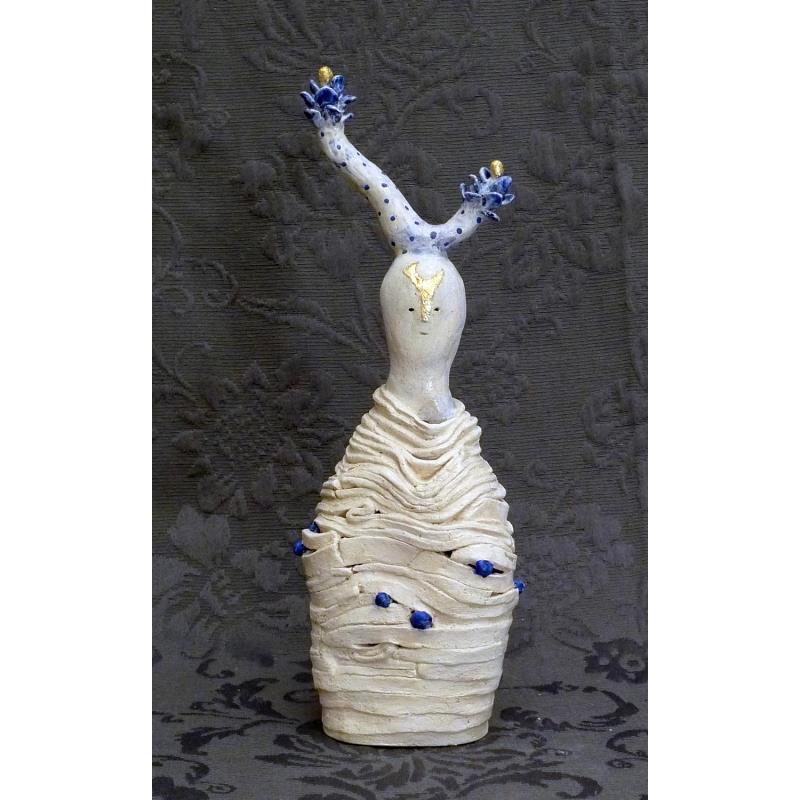
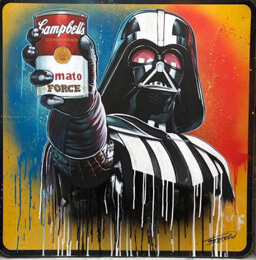
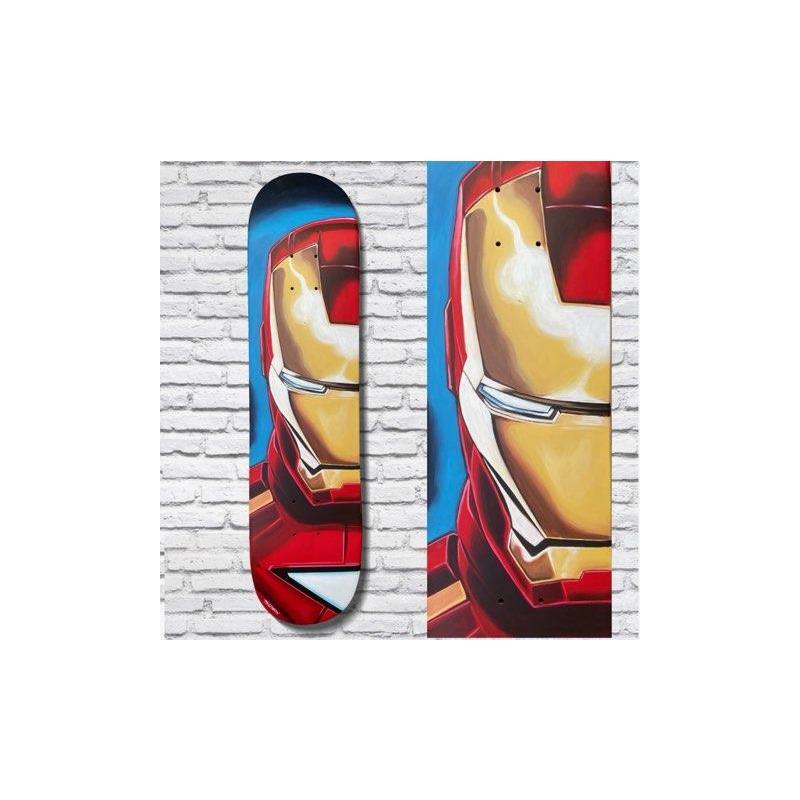


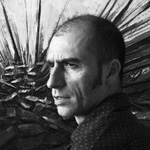

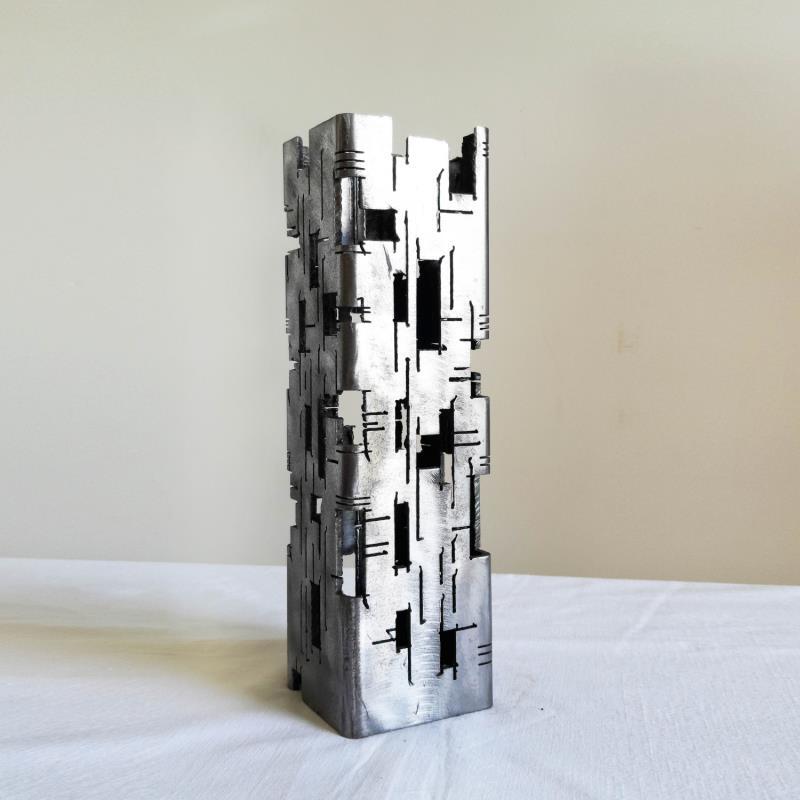
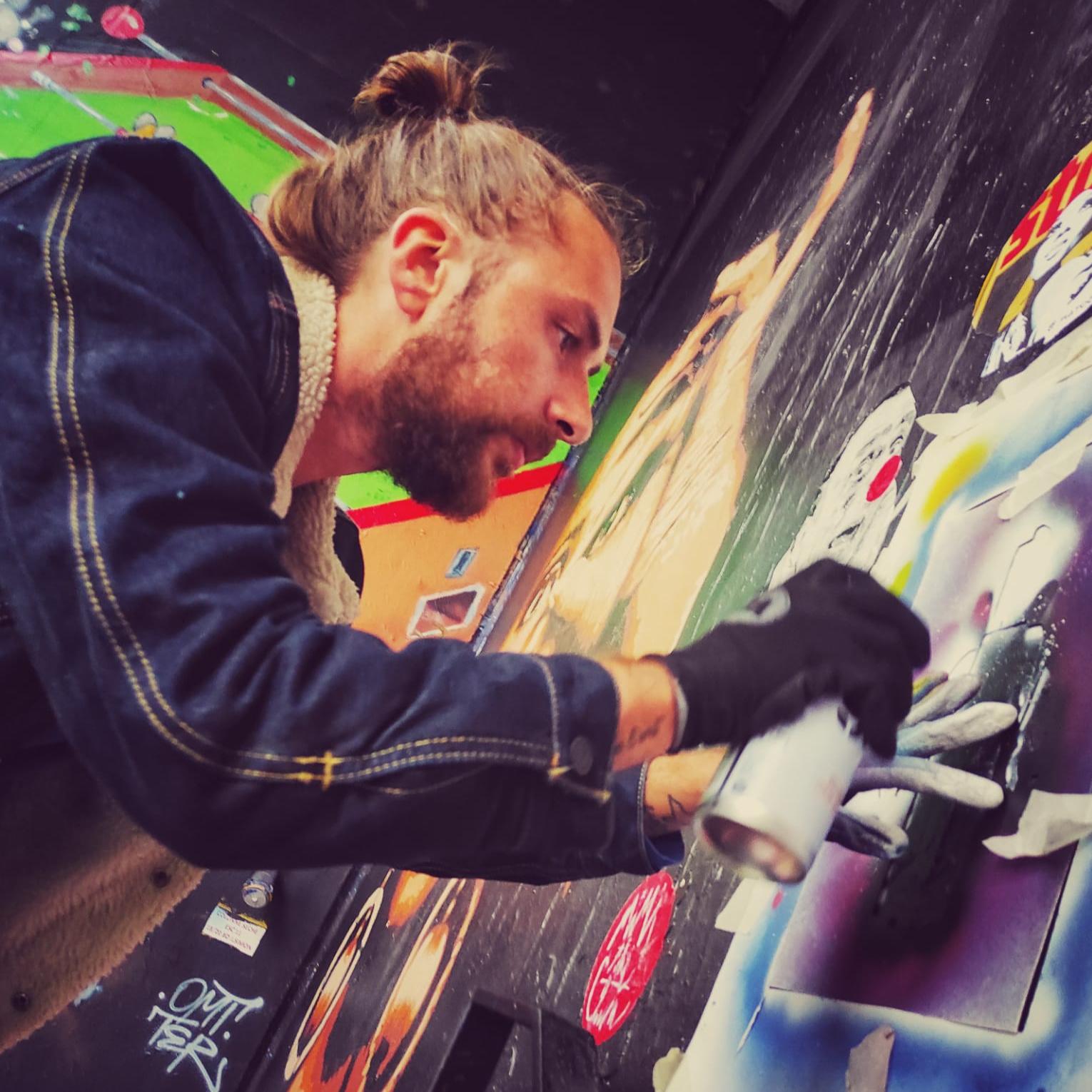




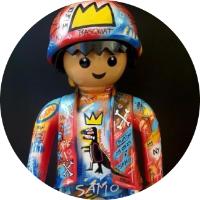
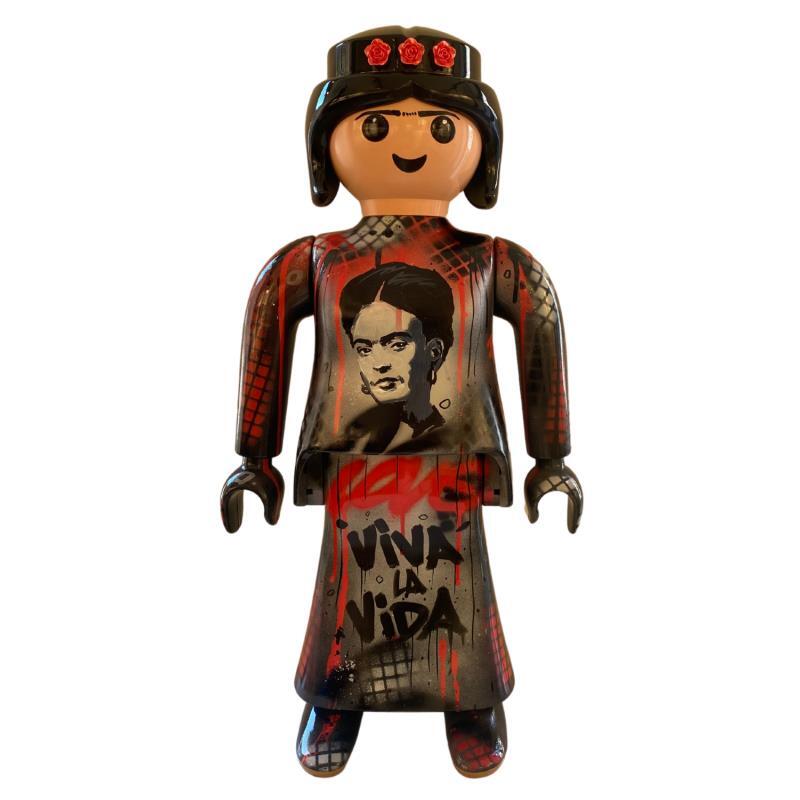
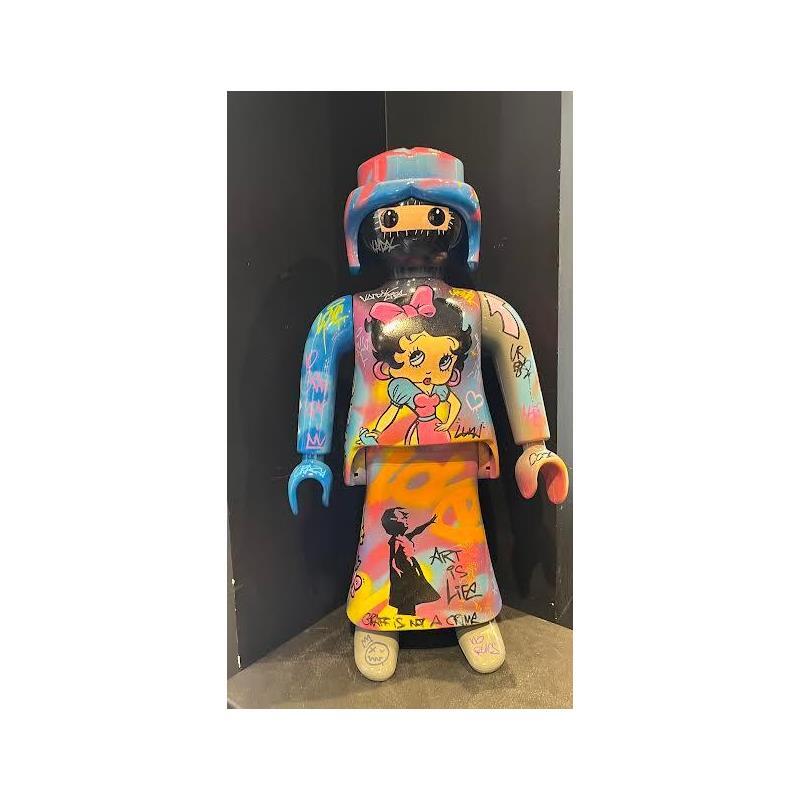
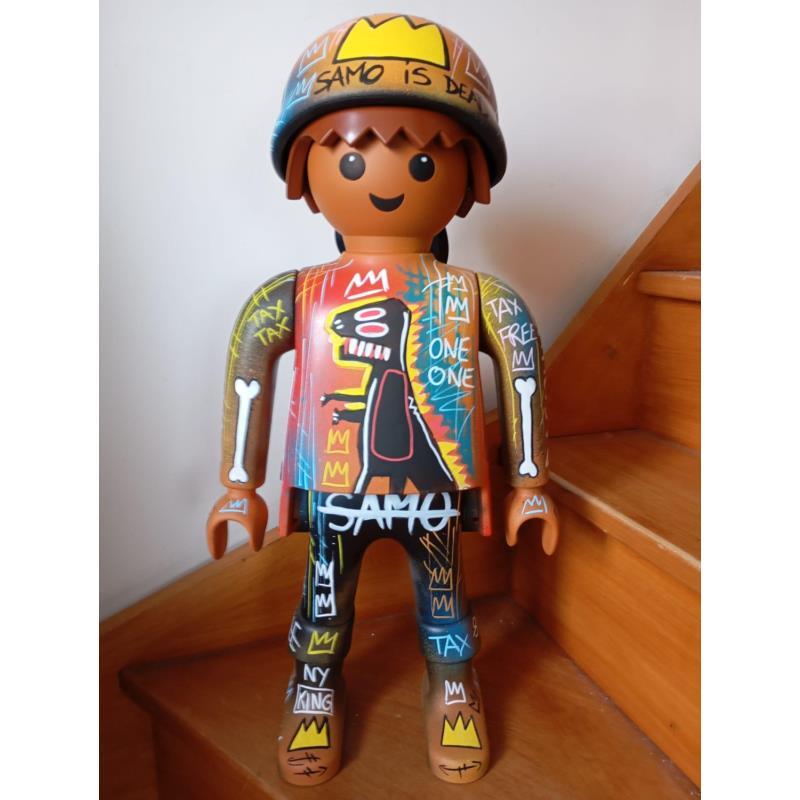
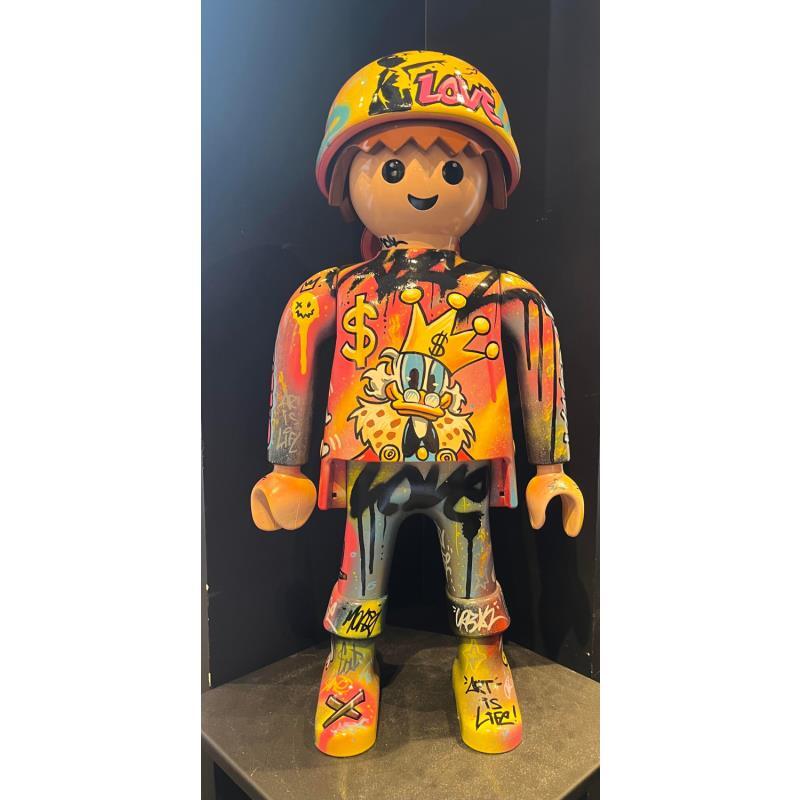
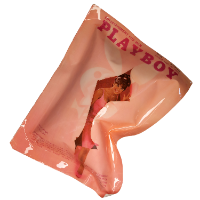

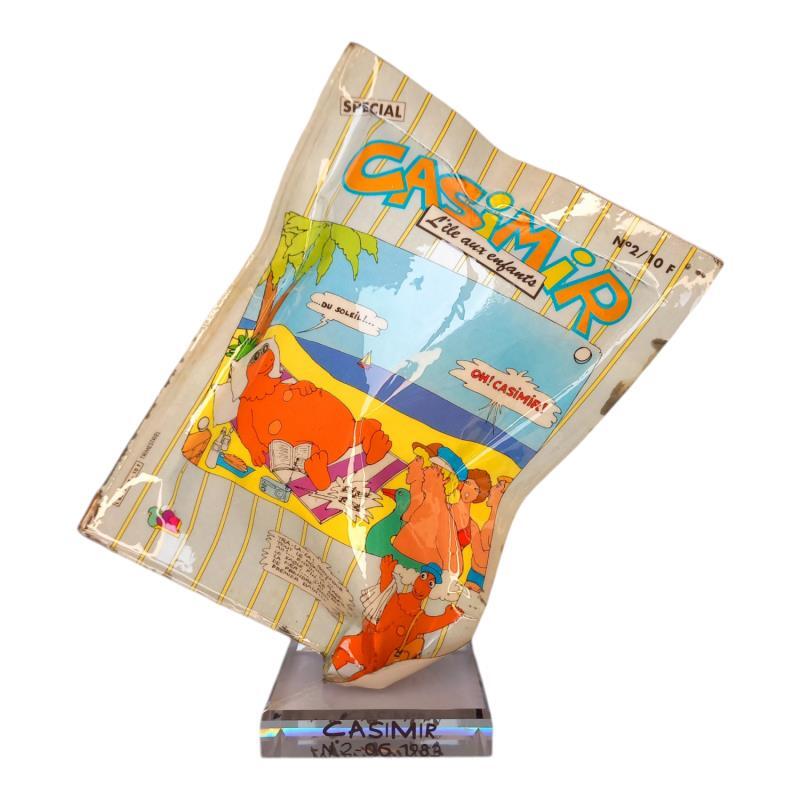
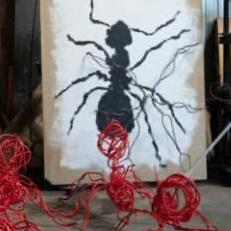
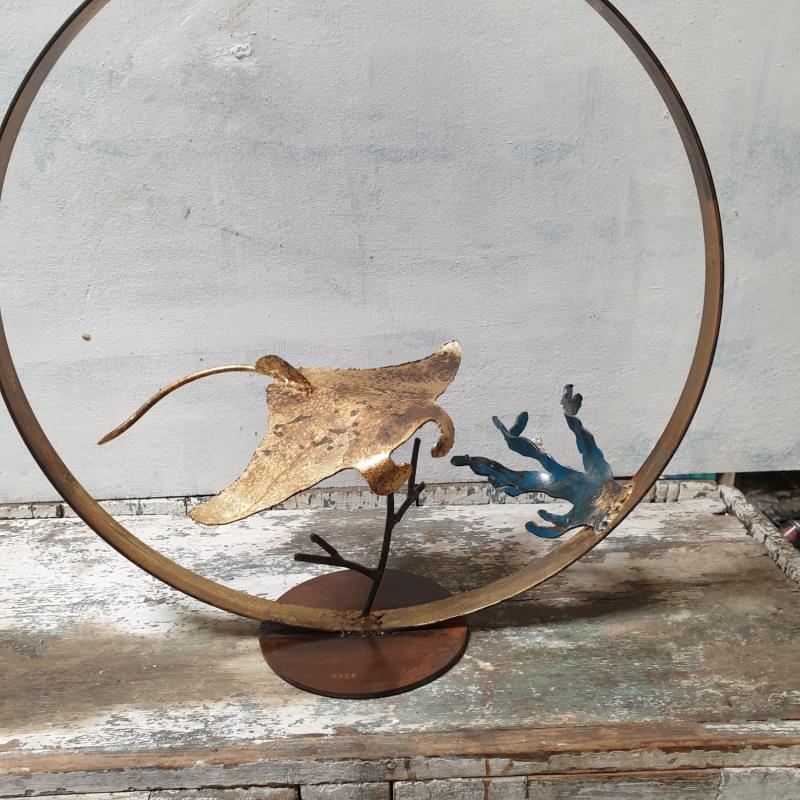



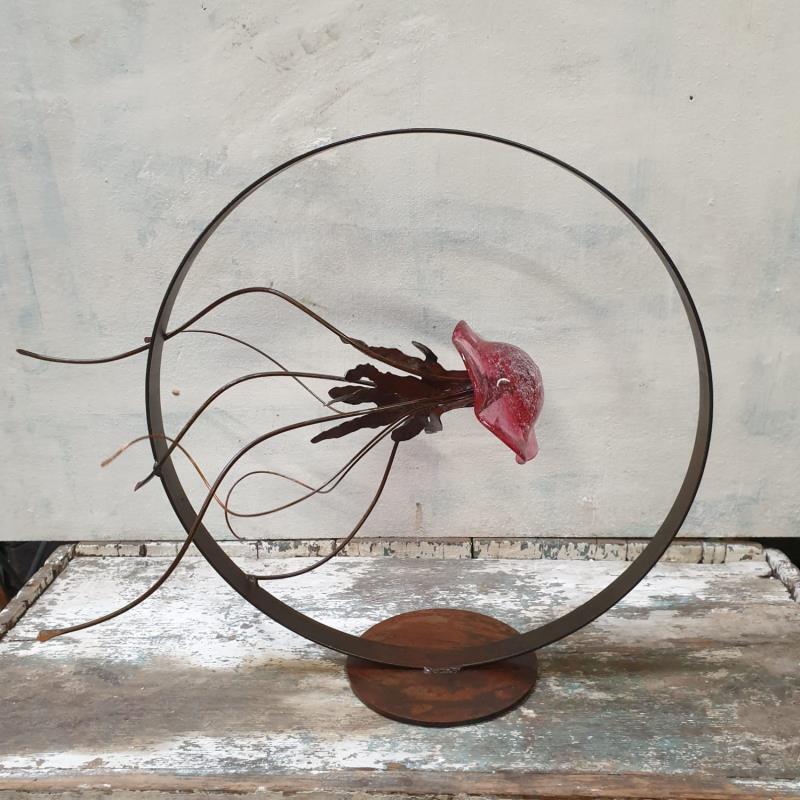
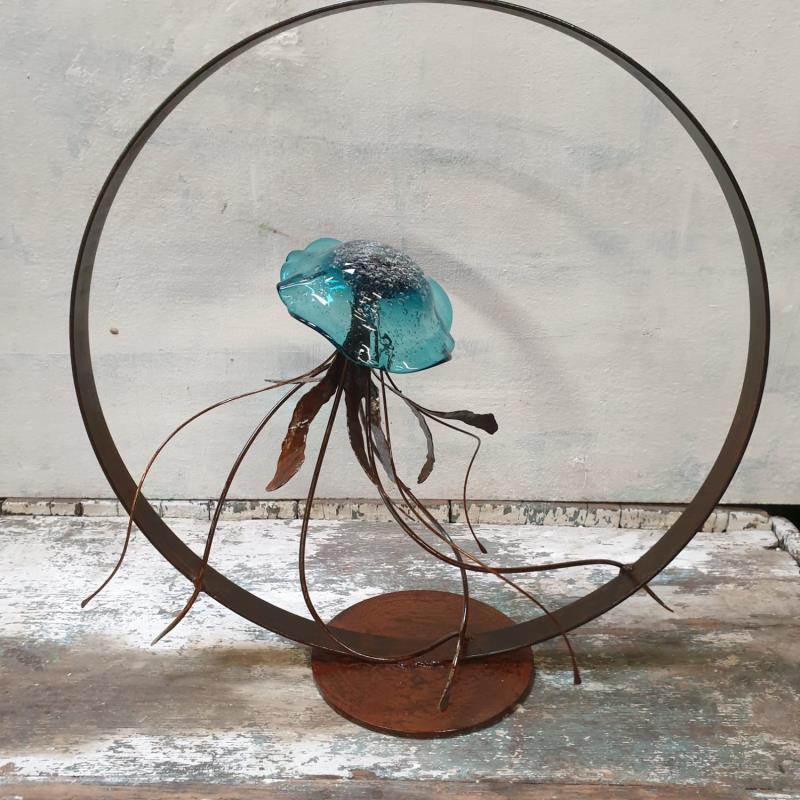
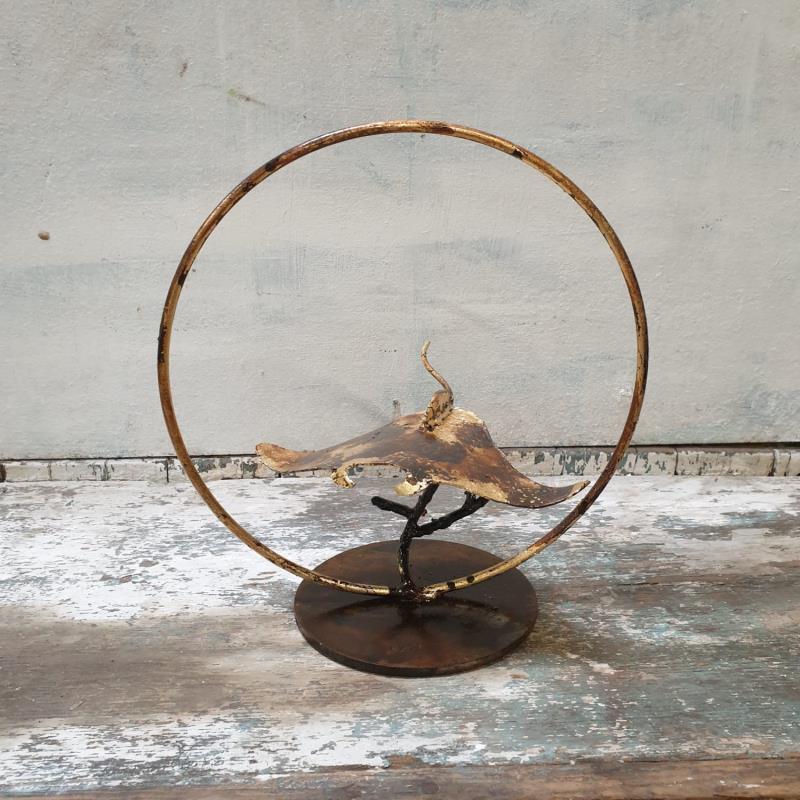

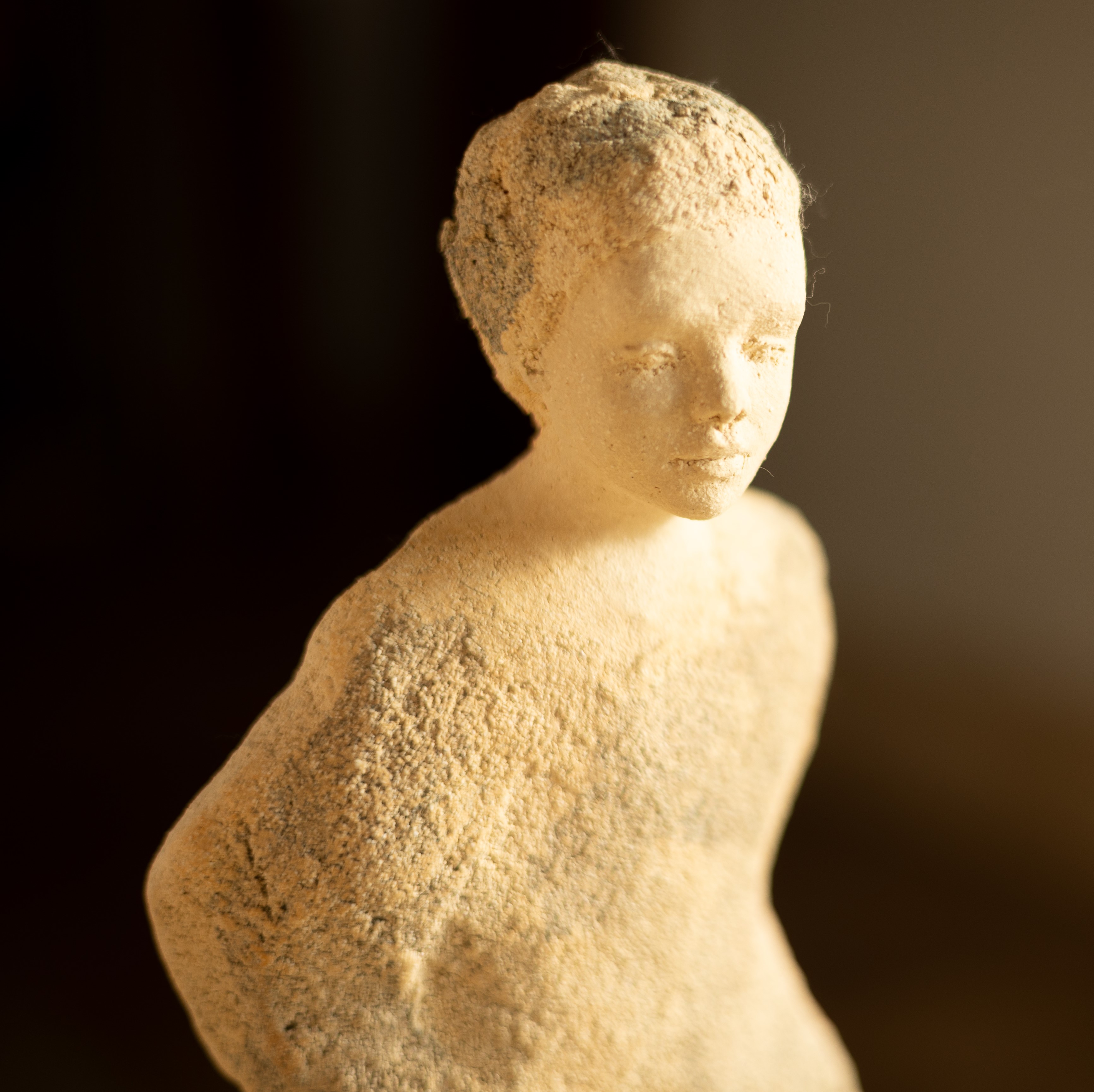
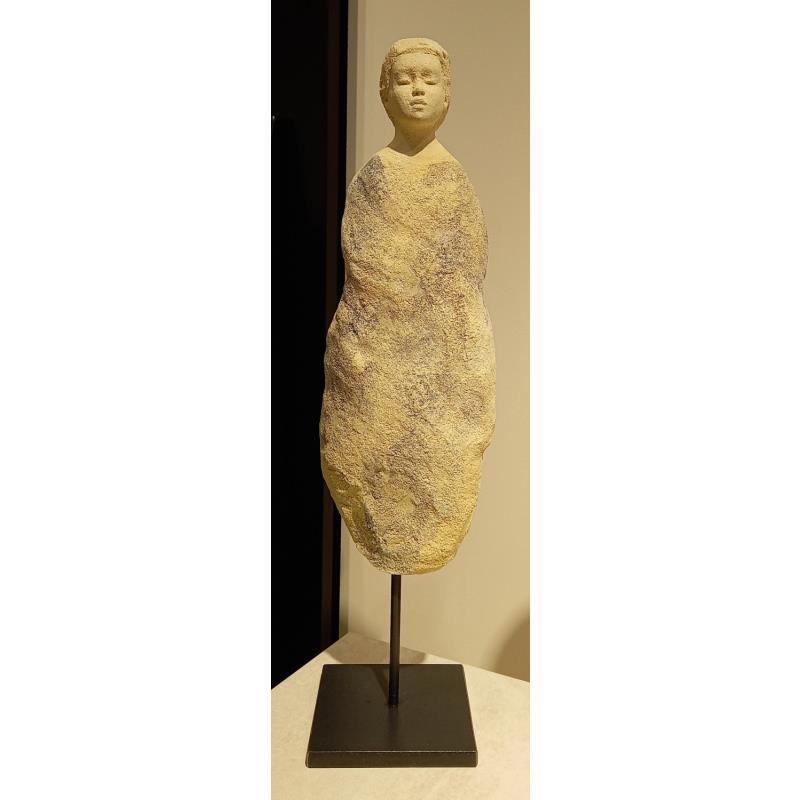
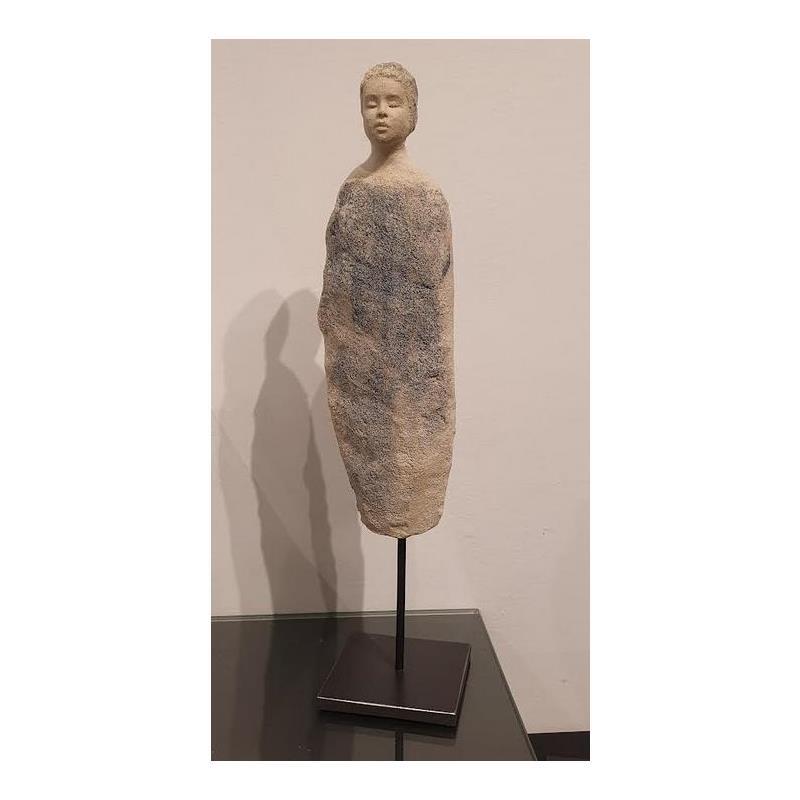
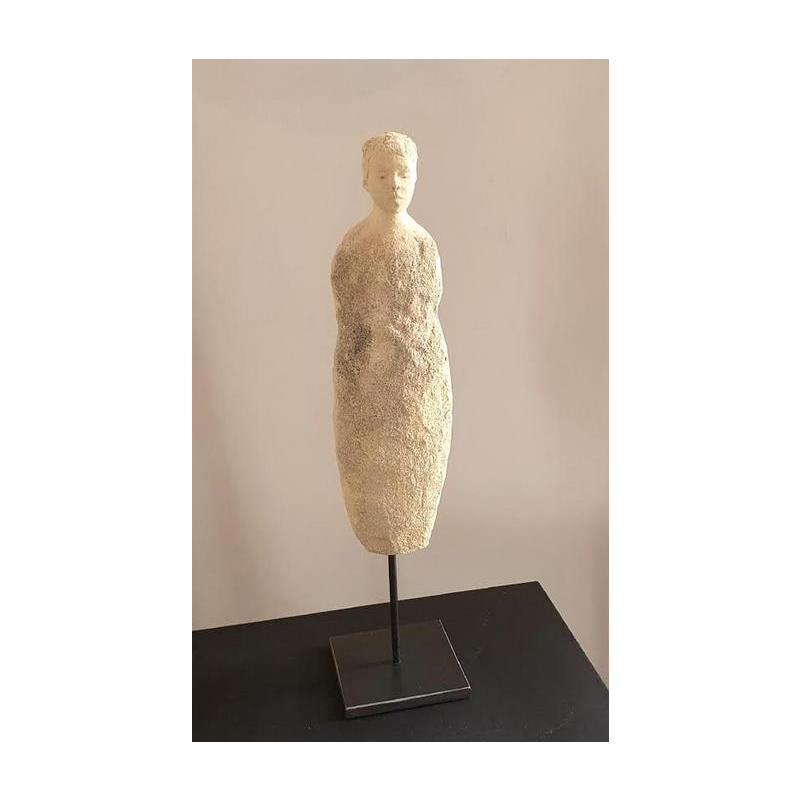
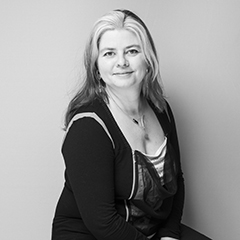
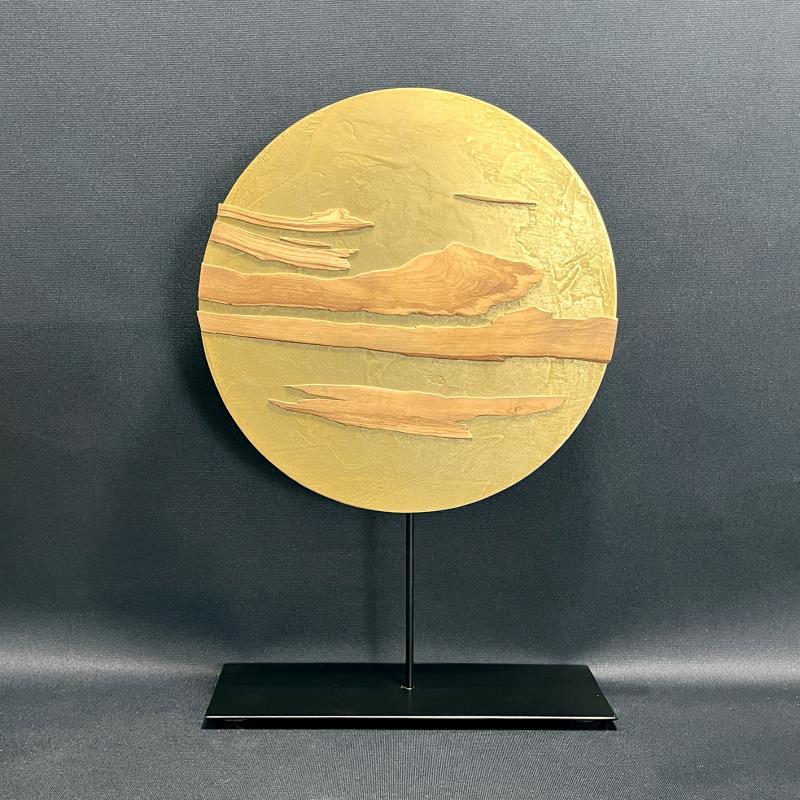
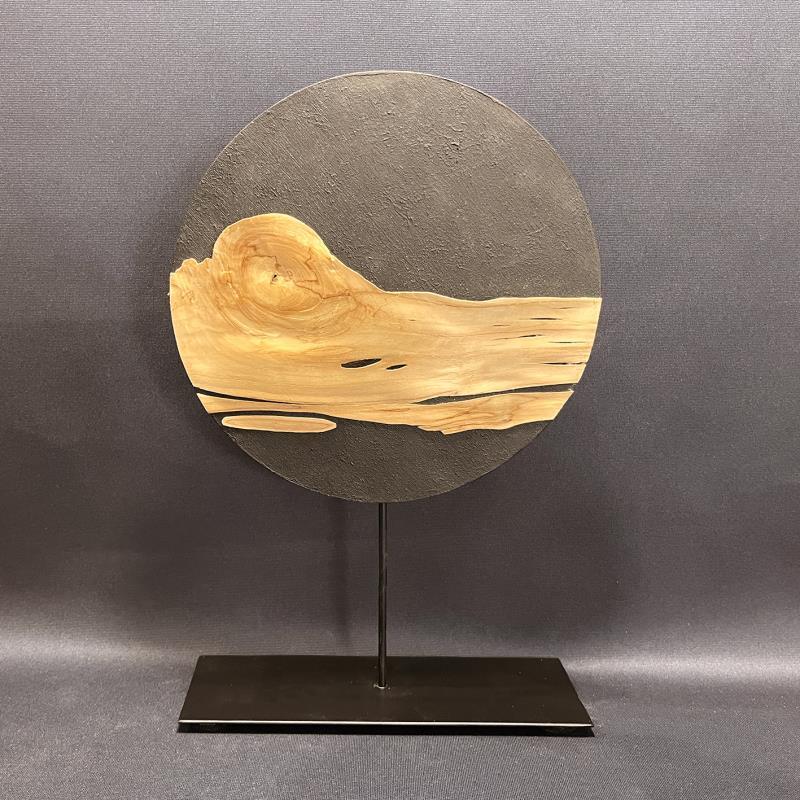

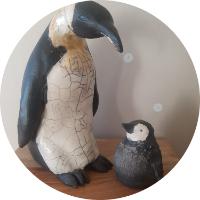










2.jpg)



